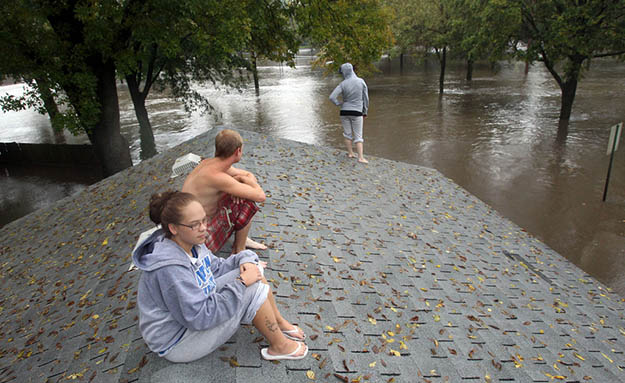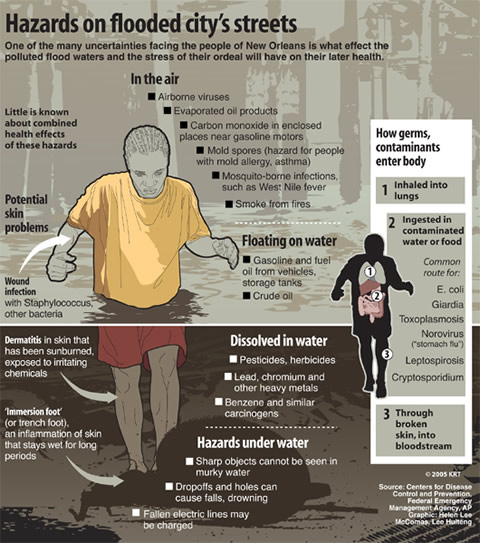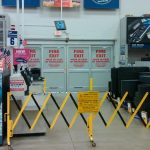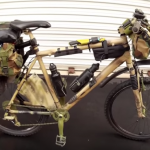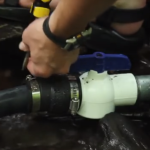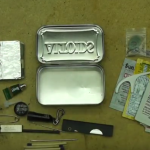There are a number of things that you can do to minimize the risk of being stranded, injured or killed before, during and after a flood. These tips are not always highlighted in survival guides or preparedness manuals, but they are important to know as you plan, prepare and respond to a flood emergency. Let’s take a look at a few practical considerations to keep in mind so that you can be in a better position when the rains come.
Know the Geography
Localized flooding is usually part of a bigger problem that can develop miles away. Saturated ground, overflowing streams or rivers as well as dams that can not hold back water from excessive precipitation are the primary causes of major flooding. Water from any of these sources will travel and accumulate as it flows downstream, and the impacts can be felt for hundreds of miles in severe situations. Make sure that you know if you are in a flood plain or downstream from large bodies of water that can overflow and inundate your area.
Know Escape Routes
Part of good preparedness is to have more than one escape route that can be used in an emergency. However, multiple routes can become flooded and impassible after a major rain event. Make sure that have contingency plans in place that will take you away from low-lying roads and highways that are situated in flood-prone areas. All it takes is a narrow stream of water to cross lanes of traffic and cause major bottlenecks that can take days to resolve. You don’t want to compound a crisis with the prospect of becoming stranded along with thousands of other motorists due to high water.
Watch for Animals
One of the biggest dangers involves animals remaining behind after flood waters begin to recede. Animals become displaced and look for high ground while water-dwelling creatures can be found in pools of water that remain in homes, garages, vehicles, businesses and other places that are normally high and dry. Never wade into water until you have assessed the situation and know the potential risks.
Electricity
Downed power lines, frayed wiring in buildings and remnants of electrical charges in appliances and devices can pose a huge risk. Make sure to avoid areas where the threat of electrical shock is still present, even if waters have receded days beforehand. Downed power lines can be nearly impossible to detect if they are situated in shallow pools of water, and their currents can travel great distances.
Hazardous Objects
It will be nearly impossible to know what hazards exist beneath flood waters. It is imperative that you tread carefully as you wade through high water to avoid becoming injured or trapped by debris. It is also important that you avoid wandering through moving water unless there is an immediate need to escape. Debris that is carried by the water may be impossible to detect and can travel at high rates of speed. The last thing that you need is to be gouged by sharp objects, ensnared or knocked down. In a worst-case scenario, debris can drag you downstream or underwater with little or no warning, and you can get smashed into other objects as well.
The best way to avoid the hazards that are associated with flooding is to avoid being in the area in the first place. You should be bugging-out at the moment you perceive a threat so that you can beat the crowds and avoid being trapped by flowing water along escape routes. Try to avoid returning until you know that the waters have completely receded, and be prepared for unexpected surprises and hazards once you get back home.
Use common sense, be prudent and err on the side of caution in order to avoid the chaos that is associated with flooding. Most importantly, take weather reports and warnings seriously because a situation, even if it is far from your location, can quickly turn into a crisis that can put your life in danger.


